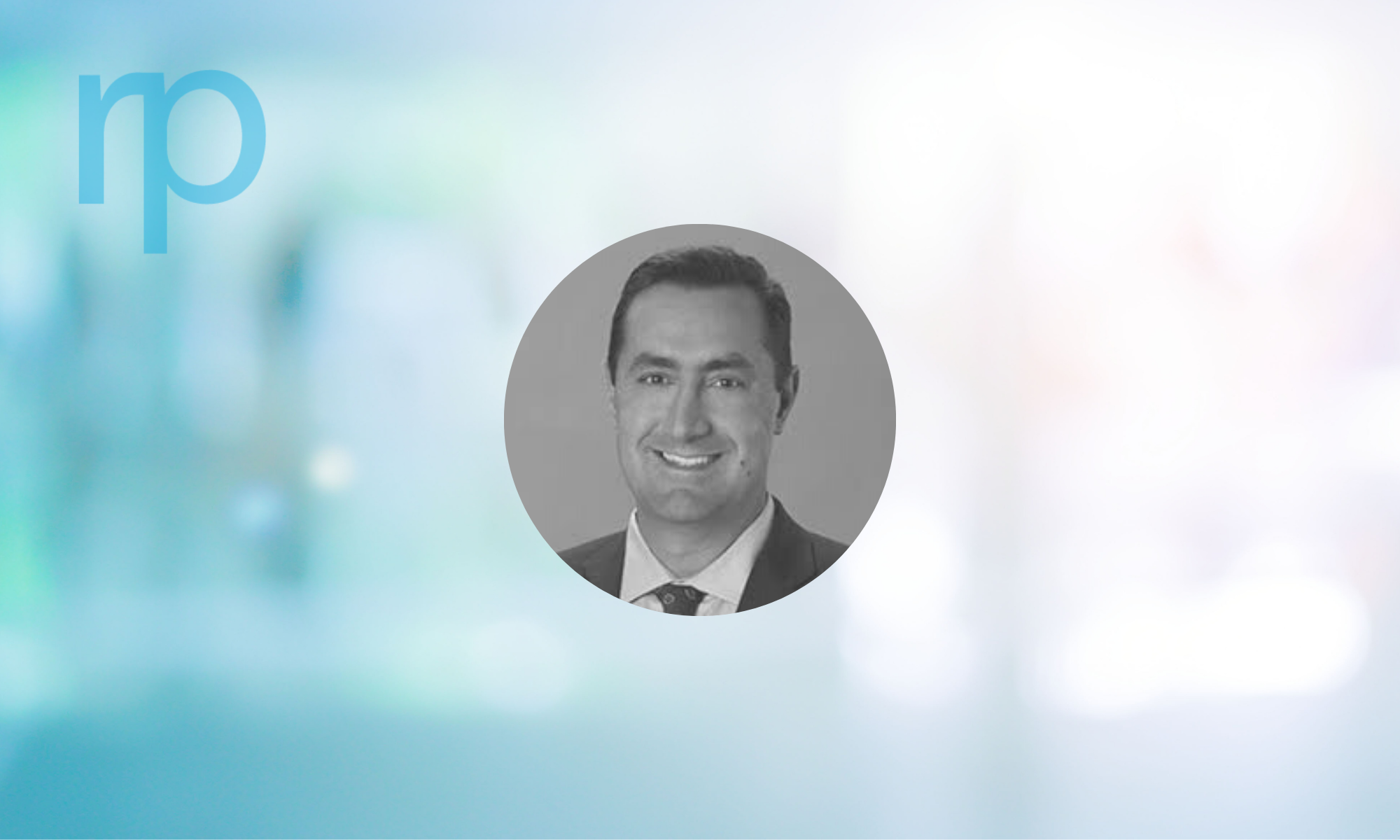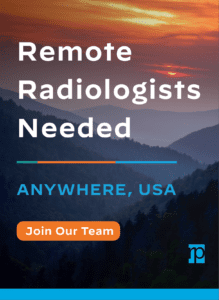Dr. Ricardo Cury serves as Associate Chief Medical Officer (ACMO) for Data Strategy.
He has served as Chairman and CEO of Radiology Associates of South Florida and Chairman of Radiology of Baptist Health of South Florida for the past 10 years and Director of Cardiac Imaging at Miami Cardiac & Vascular Institute for the past 13 years. He is Professor and Chairman of Radiology at Florida International University, Herbert Wertheim College of Medicine, and he has practiced as a non-invasive cardiovascular radiologist for more than 17 years. Additionally, he was former Chief Medical Officer of MEDNAX Radiology Solutions, former Director of Cardiac MRI at Massachusetts General Hospital and Assistant Professor of Radiology at Harvard Medical School in Boston and past president of the Society of Cardiovascular CT. Due to his outstanding contributions to the field of radiology and cardiology, Dr. Cury has been recognized as a Fellow of the American College of Radiology, the American College of Cardiology, the American Heart Association and a Master of the Society of Cardiovascular CT. He earned his medical degree at Santos School of Medical Sciences in Brazil. He completed his residency at Beneficencia Portuguesa Hospital in Brazil and his fellowship in Cardiovascular Imaging at Massachusetts General Hospital.
As ACMO for Data Strategy, Dr. Cury will align and prioritize data and analytics activities with key organizational priorities, goals and objectives; define the tools, processes and rules that define how to manage, analyze and act upon business data; support making informed choices and decisions that together, chart a high-level course of action to achieve high-level goals and competitive advantage; ensure data is secure and compliant; extract value of big data using pre-determined queries and multidimensional analysis; drive innovation and establish a data culture; and manage torrents of data that are critical to a company’s success. Ricardo will work closely with Dr. Mohammad Mahbouba, RP Chief Data Officer, and Dr. Vijay Vaidya, SVP of Operations and Corporate Strategy, and their respective teams.
We sat down with Dr. Cury to discuss his new role.
Tell us about your tenure/history with RP. What attracted you to RP?
I joined RP as part of the partnership with MEDNAX Radiology Solutions. In my former role of Chief Medical Officer for MEDNAX Radiology, I was part of the discussions to determine our best strategic partner. We were really pleased to make it work with RP and join in December 2020. As two large radiology practices, we had similar priorities, like investing in clinical programs, technology, artificial intelligence, data analytics and strategic growth.
I believe the practices are working very well together. We are fully integrated into the fabric of RP, preserving the autonomy of the local practices and local practice boards with the support of the national practice. Despite the challenges related to COVID-19, we are experiencing a strong recovery, and I personally have enjoyed interacting and partnering with several RP leaders already. I am really excited about my new role and to be part of the Office of the CMO.
How has your experience prepared you for your role as ACMO of Data Strategy?
I believe we need to be a data-driven organization. With my experience from a practice perspective using data for allocating sub-specialty expertise and staffing, and having a balance of service, quality and efficiency, so that we can be a well-oiled machine. As part of the data strategy, we hope to unlock value of big data to gain meaningful insights to the field of Radiology.
A recent example of this relates to the work we did with MEDNAX Radiology and vRad tracking COVID-19 natural language processing (NLP) from chest CT reports and predicting hot spots of new COVID-19 infection outbreaks. After the pandemic began, we were able to build a data lake that gathered information from our vRad IT platform and a direct link from the Johns Hopkins Covid-19 database. We developed an NLP tool that could look at daily report to correlate clinical data from our IT platform, accessing information from all 50 states. We used data analytics and regression analysis to predict and establish a correlation among various COVID-19 data points on a daily and weekly basis and on a state level. Then, we used machine learning and predictive analytics to forecast future COVID-19 hot spots and create a dashboard to share with our teams and our partners to use for planning and staffing purposes.
On a more strategic level for the national practice, we created a data-lake where we hosted clinical information, billing data, scheduling from Qgenda, finance information, quality information and HR data. Utilizing this database, we were able ask some interesting questions and correlate that data to provide information for our leaders, local teams and our national practice on how we can measure our strategic performance with our goal of delivering both good clinical and business outcomes.
What do you want to accomplish in your role as ACMO?
Strategically, I believe we can combine data analytics and data science to transform RP into a data-driven practice at all levels. We can take on prior successes from RP and build even further into our mission of transforming radiology. With data, we can improve patient outcomes and save lives – by achieving precision in diagnosis, we will achieve precision at treatment and therefore, we will improve outcomes.
At the practical level, I think we have to take some important steps. First, we need to align our ongoing efforts to organize, collect, store and analyze the data. We receive so much information from different data sources, and there are many questions to answer. How can we build the foundation that we are able to have one single source of truth for data to create an environment where we are able to arrive at new insights? How should we manage, analyze and act on business data? How can we derive meaningful insights with big data? I look forward to partnering with the Clinical Value team, the Research and Education team, the National Subspecialty Leads, the AI and Clinical Innovation team, the Operations team and many others, because there is a great potential there once the data is organized. Second, we can create value with curated data. Once it’s curated, we have the opportunity to partner with pharma, clinical trial organizations, AI, device companies and others to generate meaningful insights with the data that we have. Last, we can use our data and strategy to measure performance at the national level and support different functions in the national practice, such as business development and growth, finance and human resources.
What does radiology look like in the future?
I believe we need to provide best-in-class clinical excellence and high-quality patient care that is technology-enabled and data-driven to transform radiology. In 10 years, with the investments in technology, AI and data analytics, we can provide insights through patient data and pertinent clinical history to radiologists to offer guidance so that the radiologist can have a major role in diagnosis and patient care. This is a critical step in advancing the role of radiology in the care continuum. When we achieve precision in diagnosis, we will improve patient outcomes.
The investments we are doing today are so valuable, and I believe we can unlock value in data science and analytics to generate meaningful insights at the point of care to positively impact our patients.
Dr. Ricardo Cury is the Associate Chief Medical Officer for Data Strategy at Radiology Partners, a leading physician-led and physician-owned radiology practice in the U.S. For the latest news from RP, follow along our blog and on Twitter, LinkedIn, Instagram and YouTube.






